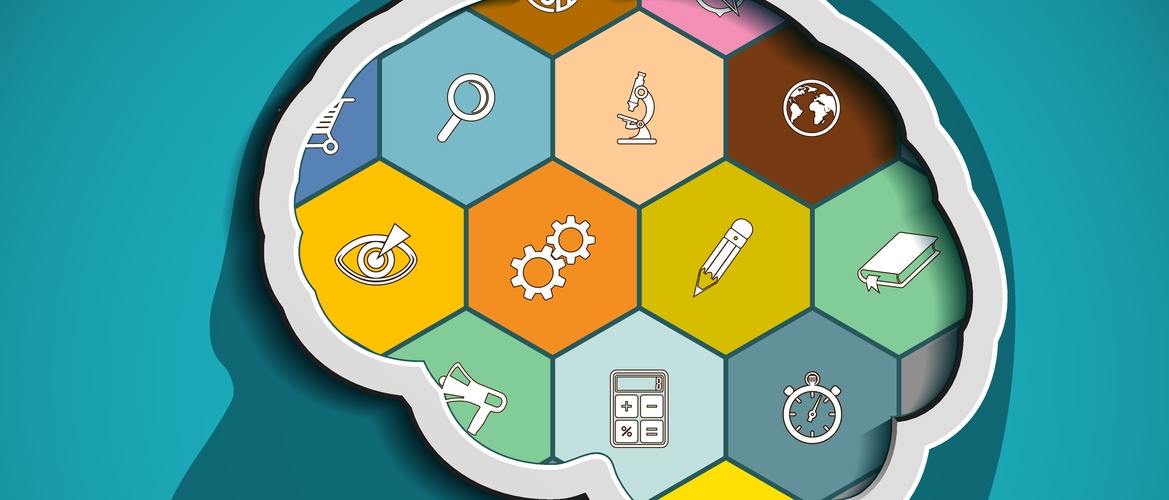
Choose a channel
Check out the different Progress in Mind content channels.

Progress in Mind

In schizophrenia, a patient’s goal of ‘personal recovery’ may be different from that of his/her clinician, with an emphasis on improvement in psychosocial functioning along with treating symptoms. The need to address both cognitive impairment and reduced motivation appears to be key in enhancing functioning and well-being. Cognitive remediation therapy is showing promise in this area, as discussed at CINP this year in Vienna.
Is personal recovery more important than clinical recovery?
Traditionally, a physician’s treatment goals for their patients with schizophrenia are alleviation of symptoms and ‘clinical recovery’. But these goals may differ from those of the patient, explained Professor Kazuyuki Nakagome (National Institute of Mental Health, Japan) during the CINP 2018 satellite symposium. Patients’ goals are often improvement of functioning and well-being with ‘personal recovery’. He went on to discuss the concept of recovery ‘in’ illness rather than recovery ‘from’ illness, with the focus on living a satisfying, hopeful, and contributing life, even with the limitations caused by the disorder.
Patients’ goals are often improvement of functioning and well-being with ‘personal recovery’
A number of factors can affect functioning and well-being in schizophrenia. In the short-term, potential medication side effects, depressive symptoms and the “positive” symptoms (delusions and hallucinations) associated with schizophrenia can have an impact. In the long-term, negative symptoms and cognitive impairment are key factors in poor functional outcomes.
When looking for possible mediators to achieve improvement in functional outcomes in schizophrenia, basic neurocognition seems to be key, and different medications and interventions can have beneficial or deleterious effects on its components1.
Atypical anti-psychotics show mixed results on psychosocial functioning, with only half the studies in one review reporting significant improvements, compared to a much greater effect on subjective well-being. However, trial periods may be too short to show changes in functioning2.
Professor Nakagome described the use of cognitive rehabilitation in schizophrenia to address cognitive impairment. Cognitive remediation therapy (CRT) is designed to improve neurocognitive abilities by engaging the participant in a learning activity associated with neuronal activity. It aims to intervene early in the disease process, when there is impairment, but before this leads to disability or handicap. Therefore, it could complement other psychosocial treatments which tend to focus on later stages.
He discussed several studies demonstrating the effects of CRT on brain function and structure, which appear to be correlated with improvement in cognitive functioning. These include preservation of gray matter in the parahippocampal gyrus, increased gray matter in the amygdala, and activation of the lateral orbital gyrus and inferior frontal gyrus3,4.
Cognitive remediation therapy significantly improves global and social cognition, and social functioning
Importantly, CRT not only significantly improves global and social cognition, but also social functioning5. This translates into positive effects on a patient’s employment situation, including how likely they are to work and number of hours worked, compared to supported employment alone6
The key question Professor Nakagome posed is whether improvement in cognition directly improves social functioning, or whether the effect on cognition is too small for it to be responsible7. He then proposed a role for intrinsic motivation as the mediator between neurocognition and psychosocial functioning, discussing Green et al.’s model, of a direct linear pathway linking visual perception to daily functioning, via ability, and beliefs and motivation8. Social cognition (ability) and motivation would both be needed to achieve functioning.
People must both want a particular outcome and be able to plan the behavior that leads to it
The negative symptoms of schizophrenia reflect difficulties in using previous rewards and motivational goals to drive current and future behavior to achieve the desired outcomes. This leads to reduced functional capacity. The pathway leading to a behavioral response involves hedonics (‘liking’) and reward prediction (‘wanting’) feeding into a cost-benefit analysis. This includes computing the effort of the plan in relationship to reward value. Action plans are then constructed to obtain valued outcomes, resulting in the motivated behavioral response9.
In schizophrenia, Professor Nakagome said, patients have relatively intact hedonics, but impairments in reward prediction, consistent with impairment in ‘wanting’. They may not be able to use reward information to modulate cognitive control and dorsolateral prefrontal cortex function.
There is both a biological basis and a psychosocial dimension to motivation, which can then be subdivided into extrinsic and intrinsic. Extrinsic motivation is the desire to engage in a task to obtain an external reward (e.g. food, money, avoiding punishment), whereas intrinsic motivation is the desire to engage in a task because it is inherently enjoyable or meaningful to the person. Extrinsic motivation can have an undermining effect on intrinsic motivation, at least in healthy individuals10. Cognitive Evaluation Theory proposes that events leading to greater perceived self-determination or perceived competence increase intrinsic motivation. Conversely, external reward can lessen autonomy, leading to reduced intrinsic motivation.
In patients with schizophrenia, intrinsic motivation is reduced, as well as the external regulation part (involving reward) of extrinsic motivation whereas other components are intact.
Professor Nakagome concluded by describing some of the experiments in mice that suggest D2, D3 and 5-HT2C receptors may play a part in motivation. He suggested that to comprehensively treat schizophrenia, both pharmacological and psychosocial approaches may be needed to help increase motivation, ultimately leading to attaining both ‘personal’ and ‘clinical’ goals.
To comprehensively treat schizophrenia, both pharmacological and psychosocial approaches may be needed to help increase motivation, ultimately leading to attaining both ‘personal’ and ‘clinical’ goals
This Satellite Symposium was sponsored by AsCNP/Sumiomo Dainippon Pharma